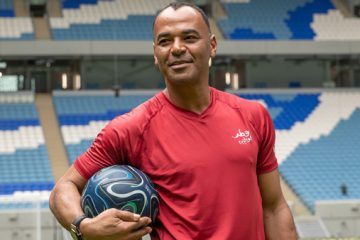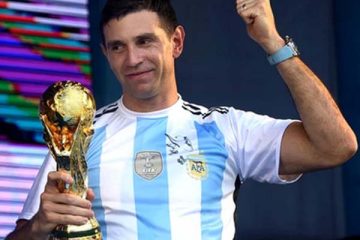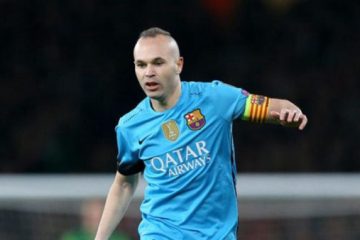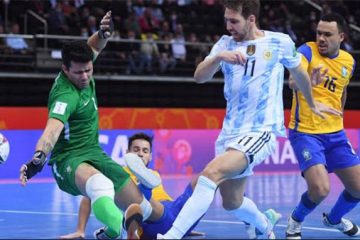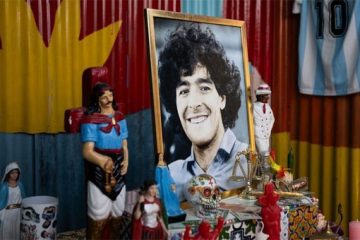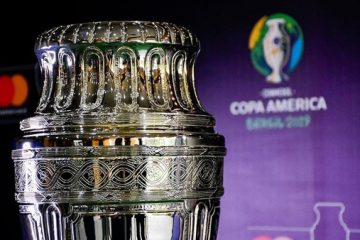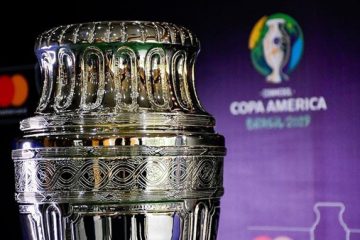The days of fluent, attacking ‘total football’ are long gone for the Netherlands. Now, results matter more than the way they are achieved. It’s a bitter pill to swallow for an older generation of ‘Oranje’ fans brought up on the almost carefree attacking elan of the likes of Johan Cruyff and Johan Neeskens, but the 4-3-3 system that formed the backbone of the great Dutch teams of the 1970s and ‘80s is very unlikely to be used in the team’s first match in Brazil, against Spain on Friday.
That repeat of the physical and feisty 2010 final in Johannesburg – which saw a total of 13 yellow cards and one red – was seen as a chance of redemption for the Dutch, an opportunity to show that they can still take on the world’s best with attacking football.
Instead, coach Louis van Gaal has signalled he will likely play five defenders to stifle the defending world champion’s slick-passing front line.
If Spain were monitoring the Netherlands’ training workout Sunday at the Flamengo complex in Rio, they might fear that their Group B opener in Salvador will resemble Johannesburg four years ago.
Midfield playmaker Wesley Sneijder was left wincing in pain after a tackle from behind by Nigel de Jong – whose studs-up, chest-high challenge on Xabi Alonso in the 2010 final became emblematic of the uncompromising Dutch defence – and Feyenoord defender Bruno Martins Indi twice floored Arjen Robben, one of the Dutch team’s most potent attacking forces.
Then-coach Bert Van Marwijk’s team was fiercely criticised by some for its style, but he was unrepentant.
‘I would have loved to win it with football that is not so beautiful,’ Van Marwijk said after the final.
Van Gaal, a champion of attractive, flowing football since he led Ajax to the Champions League title in 1995, has tacitly conceded that the same is now true for him.
‘I work based on the quality of the players. I’m a coach who wants to win and I think to be honest that we have more chances with this system,’ he said during the team’s campaign of warm-up friendlies in the Netherlands.
Dutch kids are taught to play in the 4-3-3 system as soon as they progress to teams of 11 in the youth leagues, so Van Gaal is confident his players can still revert to it if necessary because it is almost part of the DNA of Dutch footballers.
So far, his players – led by captain and all-time top scorer Robin van Persie – are supporting his choice.
‘There isn’t only one way to win. There are many different ways,’ the Manchester United striker said.
‘In my opinion, there is one best system and that is when the trainer chooses what best fits the players. We are in that process now. I’m looking forward to it. I have confidence it can work out,’ he added. ‘His reasons for choosing this are clear and everybody feels that.’
Van Persie said he has no regrets about the 2010 campaign, which ended with the Netherlands’ third World Cup runners-up title, after losing the 1974 and 1978 finals.
‘A lot happened four years ago,’ he said of the Dutch campaign in South Africa, which included a quarter-final win over Brazil and a semi-final victory over Uruguay en route to the final. ‘I think we can look back with pride at that tournament.’
The good news for Dutch purists is that Van Gaal has hinted he could revert to 4-3-3 in the Netherlands’ second match in Brazil against Australia.
-With New Age input

